- 10shares
- 10
In the annals of scientific history, countless women have made remarkable contributions, yet their accomplishments were often eclipsed due to prevailing gender biases. Regrettably, the field of science has frequently been perceived as an exclusive domain for men, despite the vast array of groundbreaking inventions crafted by women that have undeniably transformed the course of human existence.
Today, it is our privilege to shine a well-deserved spotlight on these unsung heroines and acknowledge their extraordinary achievements, which have propelled humanity forward in profound ways.
Join us as we delve into the stories of these visionary women, whose innovative spirit and unwavering determination have actively shaped the world we inhabit. Their immense impact resonates not only in the present but holds the promise of silently influencing our future as well. Take a moment to explore their inspiring narratives and pay homage to these unsung champions of scientific progress.
Mary Anderson – Windshield Wiper
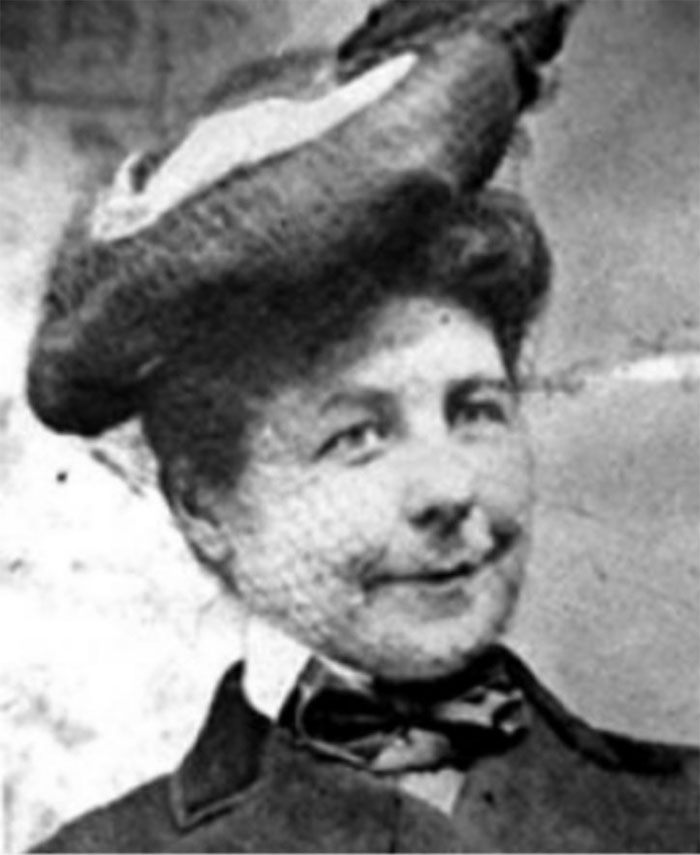
During a visit to New York City in 1902, Mary Anderson observed the danger of driving in bad weather conditions. This motivated her to devise a mechanism — a lever inside the vehicle controlling a rubber blade on the windshield — designed to enhance visibility. Despite initial difficulties in marketing her invention, the windshield wiper eventually became standard equipment on Cadillac vehicles in 1922.
Nancy Johnson – Ice Cream Maker

Nancy Johnson forever altered our summers in 1843 when she earned a patent for a hand-operated ice cream maker — an innovation still utilized today. With her device, she turned sweltering hot days into opportunities for delicious, cooling relief.
Agnès Poulbot – Auto-Regenerating Tire Tread

Agnès Poulbot and co-inventor Jacques Barraud designed an “auto-regenerating” tire tread that enhances tire durability and performance, significantly reducing fuel consumption and CO2 emissions from vehicles equipped with them.
Josephine Cochrane – Dishwasher
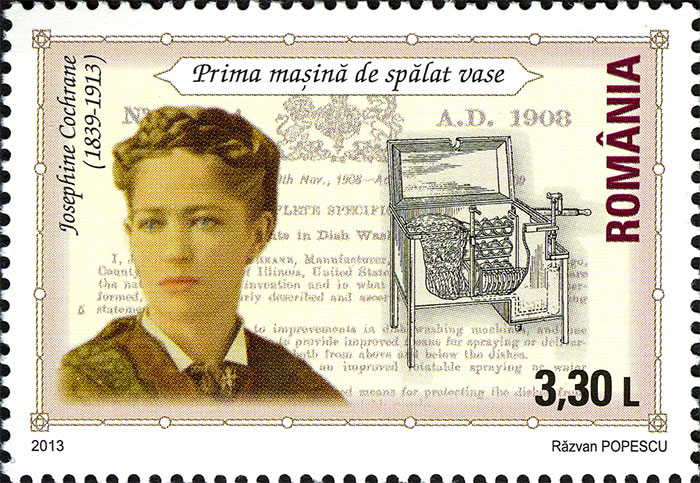
Josephine Cochrane’s invention, the mechanical dishwasher, transformed household chores forever. The device used pressurized water to clean dishes held in a rack and was initially marketed to hotels before becoming a standard home appliance.
Katharine Burr Blodgett – Non-Reflective Glass
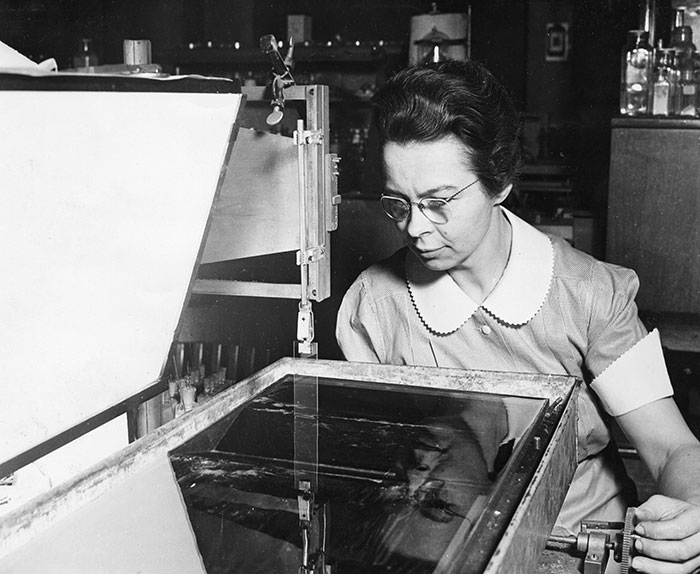
During World War II, Katharine Burr Blodgett was a crucial mind behind several inventions, including gas masks, smoke screens, and a technique for de-icing airplane wings. However, her work in chemistry resulted in her most important creation: non-reflective glass. This technology is used in several applications today, including eyeglasses, car windshields, and computer screens.
Margaret Eloise Knight – Paper Bag

Margaret Eloise Knight is known for inventing a machine that could shape and glue paper into a flat-bottomed bag. The popularity of her invention caught the eye of a man who stole her idea to patent it himself. When Knight took him to court, he stated that a woman “could not possibly understand such mechanical complexities.” Knight won the case by proving that she had designed the machine, earning herself the right to patent it. She invented over 100 machines during her career and patented 20 of them.
Gladys West – Global Positioning System (GPS)
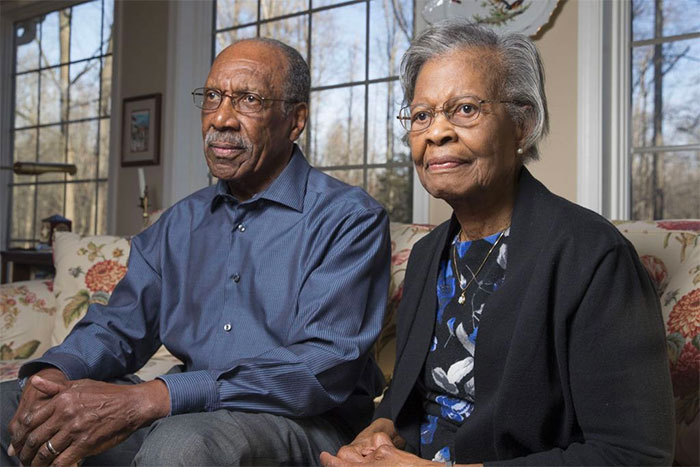
In 1978, Gladys West became the project manager of Seasat, the first satellite to monitor the changing conditions and features of the oceans. Her work eventually evolved into GEOSAT, a satellite that could create models of the surface of the Earth. With her team, she developed a program to compute satellite orbits with extreme accuracy, assisting in the formulation of a mathematical representation of Earth’s shape, the geoid. The geoid is a critical component of GPS technology, used to determine the precise location of a GPS receiver on the Earth’s surface.
Ada Lovelace – The First Computer Programmer
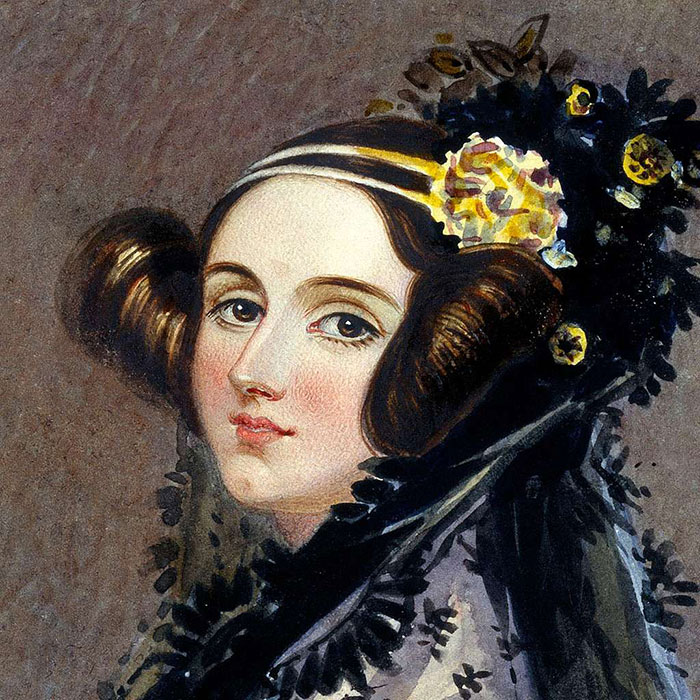
English Countess Ada Lovelace, daughter of poet Lord Byron and mathematician Anne Isabella Noel Byron, holds a unique place in the annals of science as the first computer programmer. Her collaborations with Charles Babbage on the Difference Engine project led her to recognize the machine’s potential beyond mere calculations. Lovelace was the first to publish an algorithm intended for this machine, thus earning her the title of the world’s first computer programmer.
Shirley Jackson – Telecommunications Research
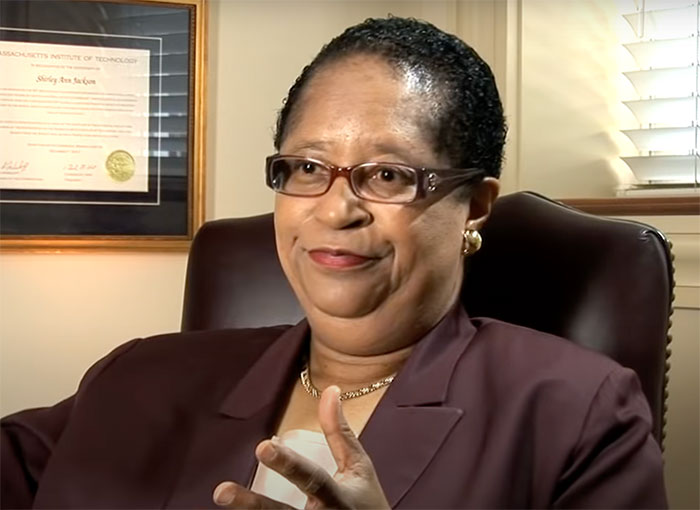
Theoretical physicist Shirley Jackson etched her name in history as the first African American woman to earn a doctorate from the prestigious MIT in 1973. With her groundbreaking work on subatomic particles at Bell Laboratories, she laid the foundation for inventions like the portable fax, the touch-tone telephone, solar cells, fiber optic cables, and the technology integral to caller ID and call waiting.
Maria Telkes – First 100% Solar-Powered House
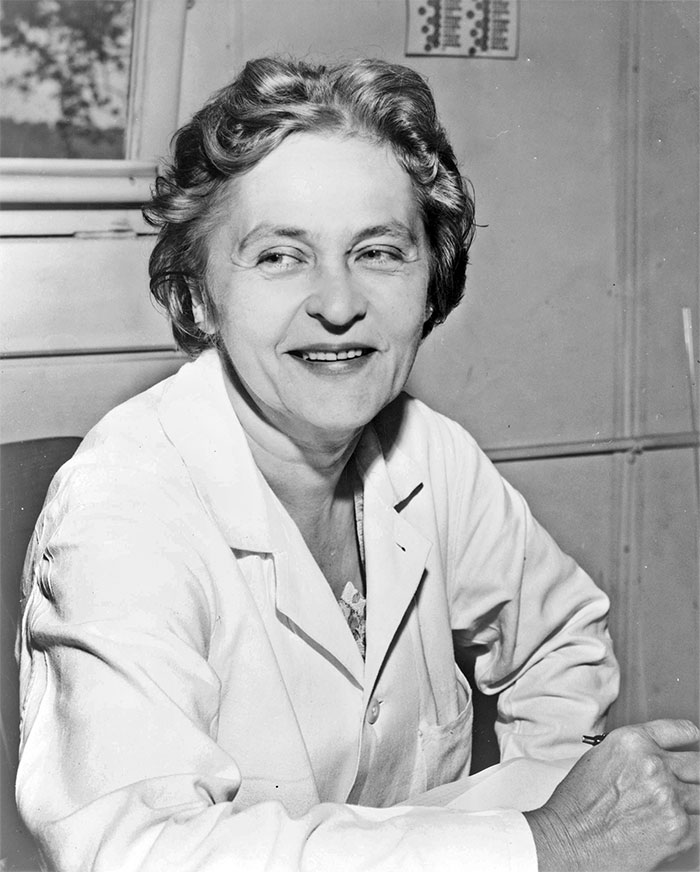
Maria Telkes, a visionary Hungarian scientist, introduced the world’s first thermoelectric power generator in 1947. Harnessing this groundbreaking technology and the principles of semiconductor thermoelectricity, she engineered the pioneering solar heating system for the Dover Sun House and designed the first thermoelectric refrigerator in 1953, securing more than 20 patents throughout her career.
Elizabeth “Lizzie” Magie – Monopoly

Elizabeth Magie crafted The Landlord’s Game in 1904. This innovative board game served as a critique of unchecked capitalism and was the first version of the iconic Monopoly. However, Charles Darrow claimed her game as his own and sold it to Parker Brothers in 1935. Eventually, the company tracked down Magie, but only offered her $500 for her groundbreaking invention. In 2019, Hasbro (the company that now owns the game) received criticism for releasing Ms. Monopoly, a supposedly feminist version of the game that still doesn’t recognize the woman behind the original concept.
Jeanne Villepreux-Power – Aquarium
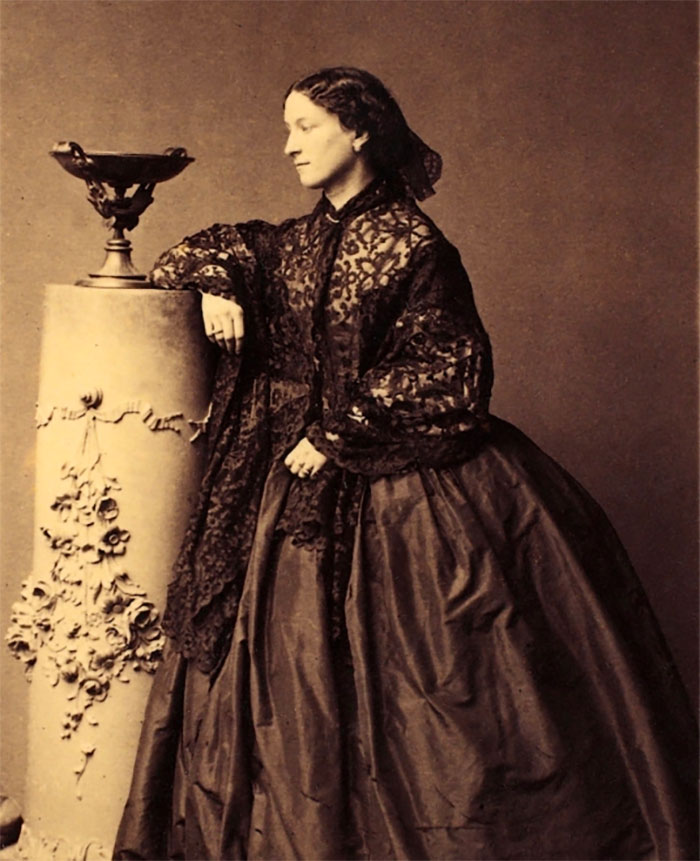
French marine biologist Jeanne Villepreux-Power came up with an invention that significantly simplified the study of marine life: the aquarium. Her creation offered a controlled environment for observing marine species. Villepreux-Power improved her design by introducing two additional models. One featured a glass compartment within a cage for watching shallow-water dwellers, and the other consisted of a caged aquarium adjustable to different depths. Her work led her to become the first female member of the Catania Accademia in Sicily and numerous other scientific academies.
Sarah Breedlove – Specific Hair Care Products

Better known as Madam C.J. Walker, Sarah Breedlove became the first self-made female millionaire in the United States. She was only 20 when she realized that black women struggled with hair loss and scalp diseases because of inadequate plumbing and harmful product ingredients. Over several years, she developed her own hair care product line, specifically targeting African American people, and branded them as Madam C.J. Walker, chosen to evoke Parisian luxury. She also set up a school to train hairdressers. This initiative created employment opportunities for thousands of African American women. As her wealth and influence grew, she made considerable donations to African American schools, orphanages, and retirement homes.
Hedy Lamarr – Frequency-Hopping Technology
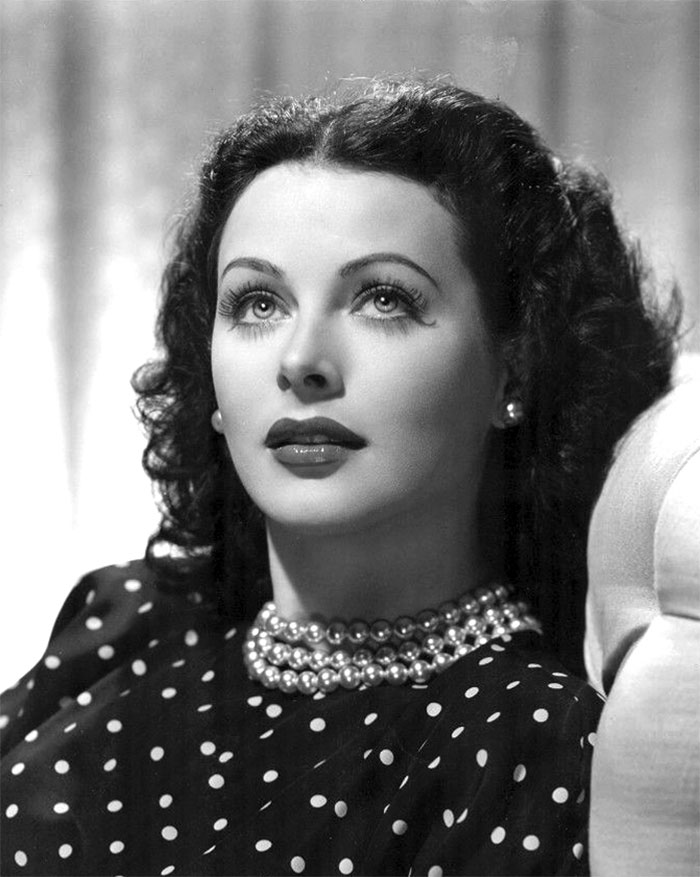
Hedy Lamarr was a glamorous black-and-white film star, but did you know she was also a gifted inventor? She worked with a composer to develop the principle of “frequency hopping,” an innovation aimed at preventing torpedo control signals from being jammed by enemies. Even more impressively, this technology became the foundation for many modern-day inventions, including GPS and our precious Wi-Fi.
Helen Lee – DNA-Based Instant Blood Diagnostic Kit

Chinese medical researcher Helen Lee developed an instant blood diagnostic kit based on DNA that can immediately detect infectious diseases like HIV, hepatitis B, and chlamydia. Her test cartridges, unlike others, don’t necessitate cold storage or transportation, making them ideal for regions with limited technical infrastructure.
Grace Hopper – Computer Programming
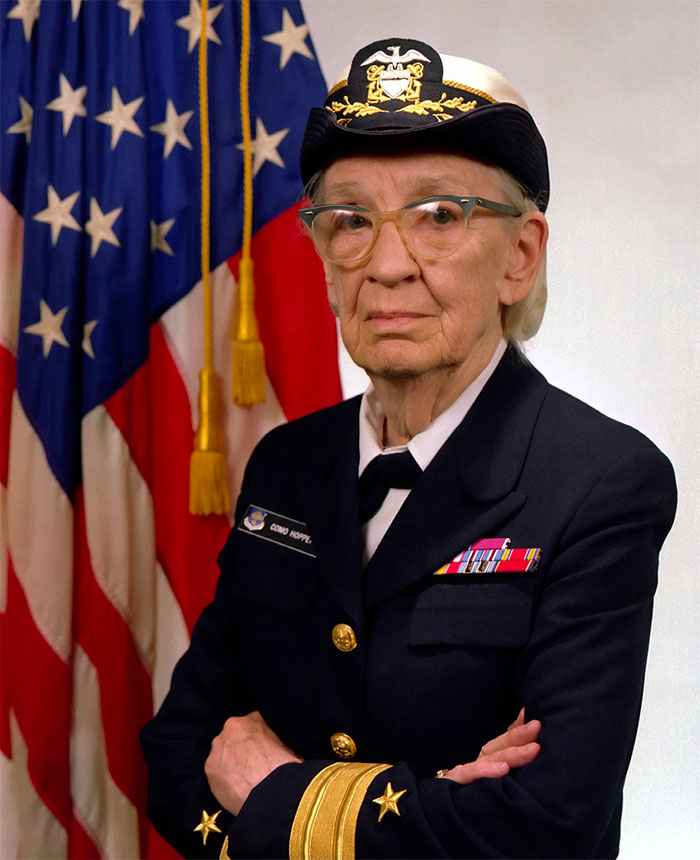
In 1944, Grace Hopper co-designed Harvard’s behemoth Mark I computer together with Howard Aiken. Hopper’s ingenuity resulted in the compiler, a transformative tool that translated written language into computer code. She’s also behind the popularization of the term “debugging,” born while removing a moth stuck in the device.
Katalin Karikó – Modify Messenger Ribonucleic Acid
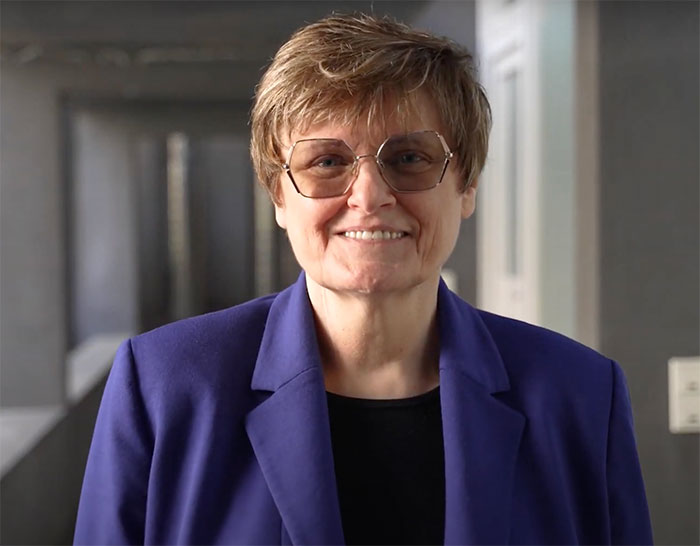
Katalin Karikó, a Hungarian American biochemist, developed a way to modify messenger ribonucleic acid (mRNA) for safe use in humans. This innovation laid the foundation for mRNA-based vaccines, including the COVID-19 vaccine, and heralded prospective therapies for cancer and heart disease.
Stephanie Kwolek – Kevlar

Stephanie Kwolek, a Polish American chemist, transformed material science in 1965 by inventing Kevlar. This super-material, five times stronger than steel, now underpins over 200 applications ranging from bicycle tires, body armor, and frying pans to building construction and musical instruments.
Gertrude B. Elion – The Woman Who Made Organ Transplants Possible
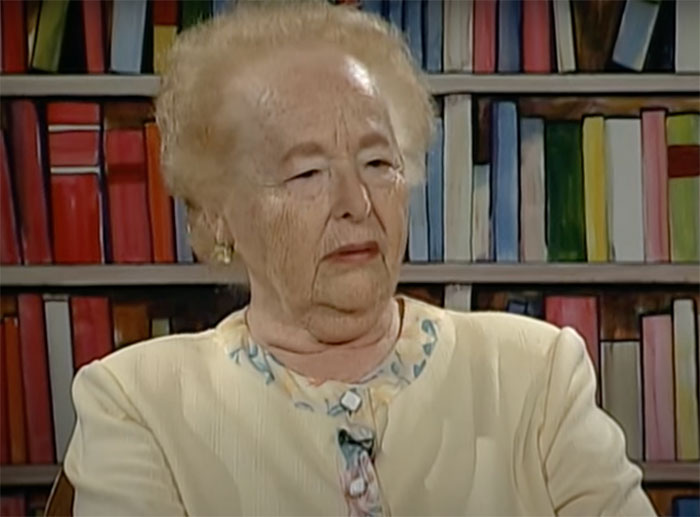
Gertrude B. Elion was the biochemist and pharmacologist behind multiple curative treatments. Her work contributed to the development of treatments for viral diseases, including one of the first treatments for AIDS. Last but not least, she’s behind the creation of azathioprine, the first immunosuppressive used to fight rejection following an organ transplant — one of the greatest medical advances in centuries.
Melitta Bentz – Coffee Filters

Originally a housewife, Melitta Bentz grew tired of the challenges associated with making coffee and decided to devise a solution. After testing numerous materials, she created a coffee filter, obtained a patent, and established a business for its production. Within a year, she was selling hundreds of filters, and by 1928, her company was employing dozens of people. Known for her generosity and supportive work schedules, she also instituted “Melitta Aid,” a welfare fund for her employees. And if the name sounds familiar, don’t be surprised: the Melitta Group is still making coffee, coffee makers, and filters today.
Source: demilked.com
- 10shares
- 10
 Barnorama All Fun In The Barn
Barnorama All Fun In The Barn